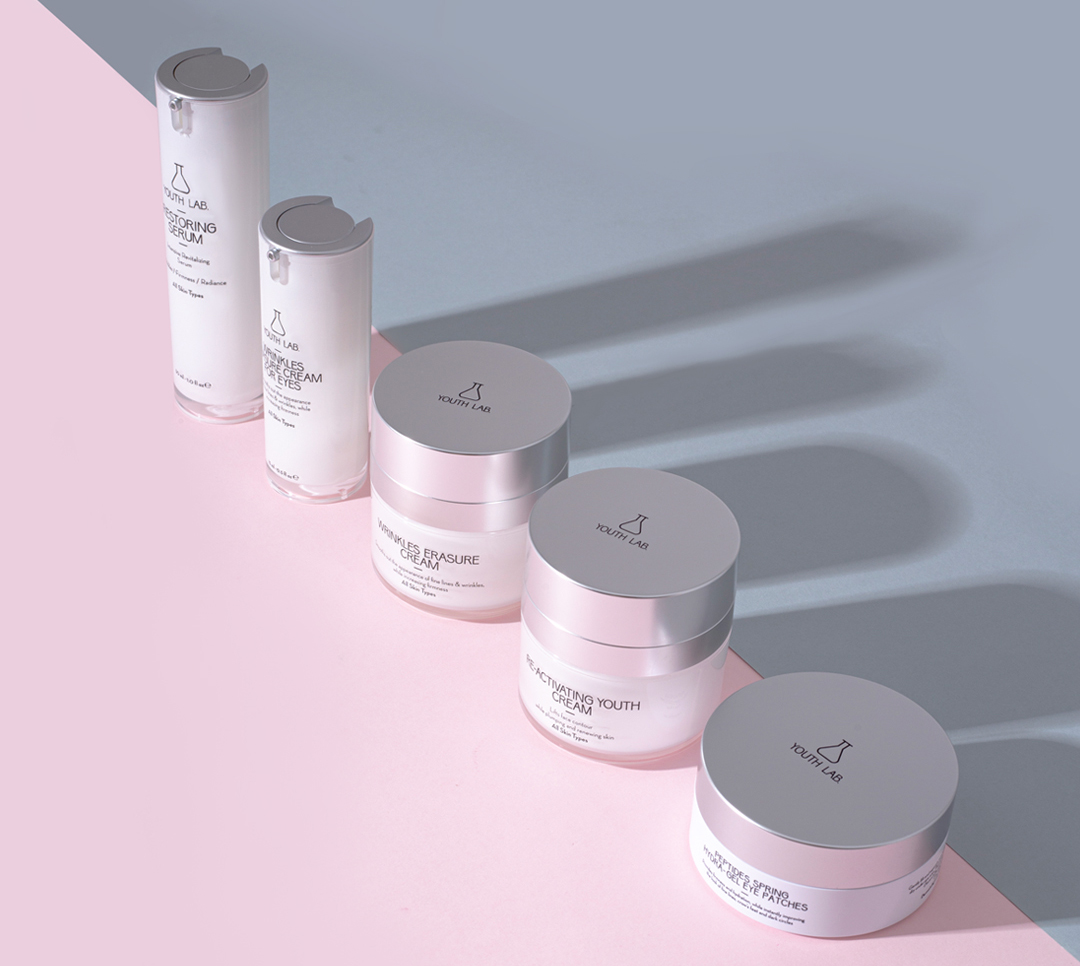The time has come for your skin’s metabolism to “wake up”!

The skin’s metabolism controls how quickly its cells are renewed, whether it produces as much collagen as it needs and whether its damage is repaired in time. However, with the passage of time and the constant attacks on the skin, its metabolism loses its pace, becomes sluggish, and this results in paving the way for ageing.
How can we “wake it up”?
When we hear the word metabolism, our minds usually go to the calories we burn and the pounds we carry. But the skin also has its own metabolism. Specifically, the word metabolism describes the rate at which various biological processes occur between the cells of the epidermis and the main skin.
In simple terms, this rate “measures” how quickly the cells communicate with each other and take action, either to renew the skin by bringing new, healthy cells to its surface, or to synthesise enough good quality collagen, or to repair the damage caused by sunlight, pollution or even our lifestyle.
Skin metabolism, like everything else in the human body, is linked to our DNA and gene expression. However, “key” to the functions that occur in the skin is the activity of the metabolic enzymes it contains. It is their ability to transform the chemicals produced by its cells, such as proteins, lipids or carbohydrates, as well as substances that come into contact with the skin – such as cosmetic ingredients – that keeps our skin healthy and youthful.
Why are the metabolic rates dropping?
In youthful skin, the rate of metabolic functions is rapid. A typical example is the “baby skin” that all women would like to have. This rosy and velvety appearance that babies and children have is due to the fact that their skin cells are renewed every 2 weeks, proof that their metabolism works like clockwork! As we grow older, however, the clock starts to slow down. Already, by the 20s, the renewal cycle takes 22-28 days to complete, while from the 40s onwards, new cells are increasingly slow to replace the old ones, with their journey to the surface taking as long as 50 days!
As soon as our metabolism starts to get lazy, the cells are not supplied with the necessary nutrients in time and year after year more and more biological functions are slowed down. And if in the body this change is immediately noticeable – we burn fewer calories, so we slim down harder – in the skin, the signs slowly become visible – imperceptible changes at first and then deep wrinkles and sagging.
But it is not only age and the normal – and therefore inevitable – passage of time that is to blame for the system’s under-performance. Metabolic rhythms are also disrupted by the daily exposure of the skin, especially the face, to ultraviolet radiation, environmental pollutants and toxins or cigarette smoke. The oxidative stress caused by free radical attacks slows down cellular communication and messages are slow to reach their destination.
What does this mean? Basic functions such as renewal, synthesis of new collagen fibers, or repair of daily damage are performed with a delay or not at all! As if that weren’t enough, cells become less receptive to the active ingredients we offer them through our cosmetics. With a system in arrhythmia, it is no coincidence that the skin begins to show the first worrying signs: dehydration, sensitization, dullness, clogged or dilated pores, blotches. If the skin’s metabolism does not quickly regain its rhythm, wrinkles and sagging will slowly add to the superficial changes.
A “wake-up call” for the metabolism!
The beauty industry is, of course, constantly looking for new ways to prevent and deal with the signs of time. At YOUTH LAB., having studied the biology of the skin in depth, we understood early on that the “secret” to a youthful complexion lies in waking up its metabolic functions.
To achieve this, with the help of cosmetics – without of course interfering with the DNA of the cells – we turned to the “key”, i.e. the enzymes that are found in different forms and concentrations in the various layers of the skin and which are actively involved in metabolism. Our rationale was simple: If we found a way to increase enzyme activity, the cellular mechanisms could again find the energy needed to counteract the negative effects that exogenous hostile agents have on the skin, before they have time to turn into signs of ageing and of course to alleviate those that have already appeared.
How will this be done? Biocompatible active ingredients take on the role of “wake-up call” for the skin’s metabolism and by encouraging – or discouraging if necessary – enzyme activity help to reactivate cellular functions that have fallen asleep.
How do they do it? The answer lies in the word ‘biocompatible’. The biotechnological, natural and herbal active ingredients that enrich the formulas of YOUTH LAB. products are recognized by the skin as its own. Thus, they manage to pass through the “strict door” of the skin and penetrate into its deeper layers to take action, each targeting different metabolic functions. Some “wake up” the production of collagen and elastin, others protect proteins from oxidation, and others re-energize aged cells. Others, although they remain on the surface of the skin, send a message to the repair functions of the dormant cells with the appropriate “messenger”. But whatever their mechanism of action, the goal is always the same: to “build” a healthy skin, protected from attacks and with its -metabolic- rhythms up.
Tip: by adopting a few good habits in our daily routine such as a balanced diet, rich in fibre and water and enough hours of sleep, and by carefully choosing cosmetic formulations that meet the needs of our skin, we will quickly find that maintaining its youthfulness over time is not as impossible as we thought.


 Ελληνικά
Ελληνικά